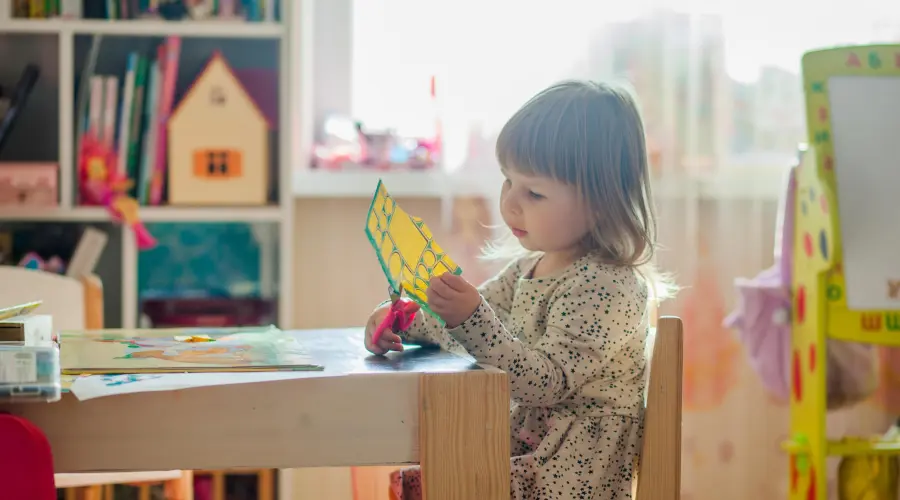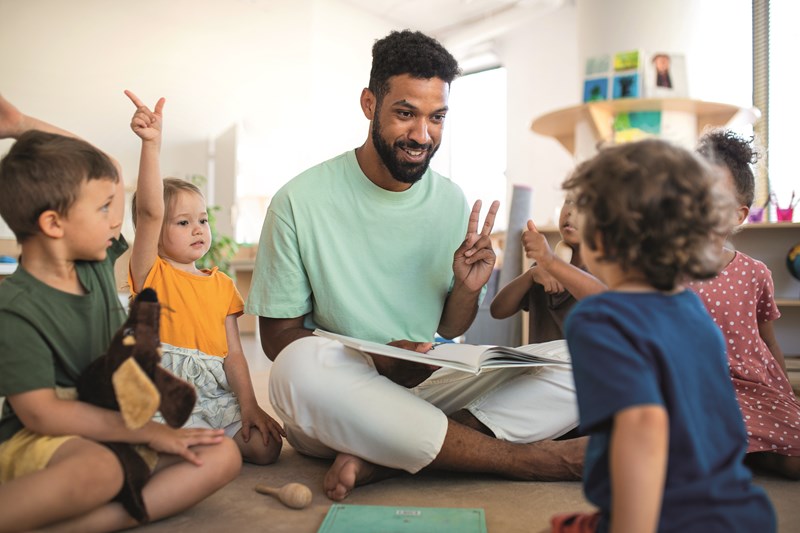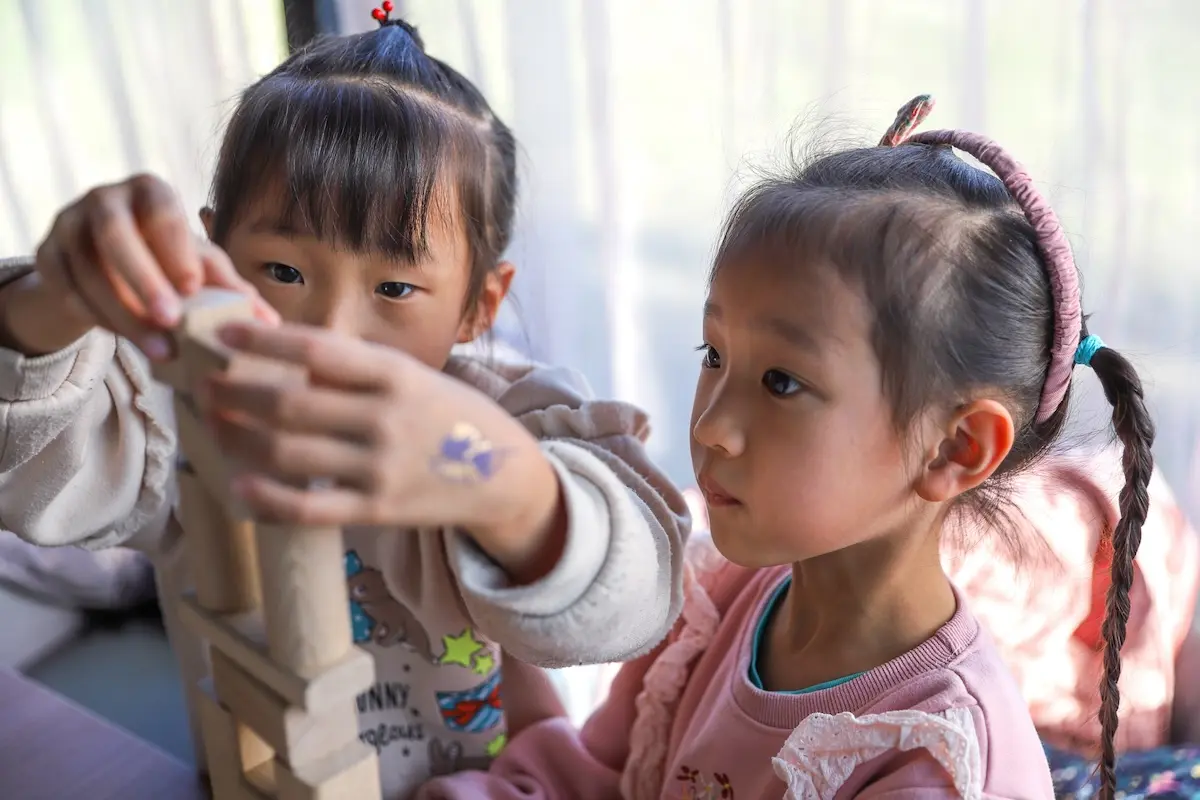settings
children
With Famly since
With the 2021 update to the EYFS, educators can finally ditch the endless paperwork and get back to what they love –educating the children in their care! However, observation, assessment, and planning are still crucial.
Observations of children support educators in sharing information about a child's development with parents and carers, underpinning that all-important partnership between practitioner and parents.
So what makes great observations?
Let's get into it.
Why do we write observations in the Early Years?
It’s all about understanding each child individually. Children develop at different rates, and therefore need personalised education. To really get to know them, you need to look at how they're developing, what they're doing, and what they're learning through play.
Observations also have many other purposes such as :
- Provide a space to record and celebrate children's achievements and interests.
- Helps you plan and train staff better, leading to improved care and education for children in your setting.
- Allow parents to understand the progress their child is making, and how they can support their child at home.
- Observations give you information to create assessments for curriculum planning.
What makes a great observation?
You might have your own way of writing observations, but here are a few tips to make them even better and boost your confidence.

1. A rich description
An observation should be descriptive. It doesn’t need to be a novel, but it should tell the full story of the interaction. Take this example from Dr Julian Grenier’s piece on observations in Nursery World:
"Clive said to Jason, ‘Jump!’ Jason jumped and landed in the puddle. ‘I do it,’ said Clive, and he had a turn but missed the puddle. Jason said, ‘Oh no, Clive, you have to do it like this.’ He jumped again. ‘You look at the puddle and jump on it.’ Clive said, ‘OK, Jason.’ He got on the step and had another go.
‘Look at the puddle, Clive. Ready, jump!’ said Jason. This time Clive landed in the puddle. He laughed."
It's short but descriptive and tells you the story of the interaction. You can clearly see the value here over ‘Clive loved jumping in the puddle’, for example.
The use of quotes is a great way to show the child’s own voice clearly.
Reflection point: In your latest observations...
- Can you hear the child’s voice?
- Do you get a feel of the child’s play?
2. What should you include?
In an online article, Dr Julian Grenier discusses key things to focus on in your observations here's a brief summary of what he covered:
- Focus on the length of time that the child was engaged in the activity.
- Write exactly what they were doing, with details about resources and words they used.
- Ask yourself, what does that mean for the child’s learning?
Reflection point: In your latest observations...
- Do you get a feel of the child’s progress in learning?
- Does it explain where they might need further support?
3. Interpreting what you're seeing
A skilled educator who knows the children well can understand what is happening as they learn and play in their environment. This adds a rich layer of detail to your observations.
By looking over the data you’ve collected you can spot patterns, strengths, and areas where a child might need some help. This might be recognising certain skills emerging in the child, it might be noticing a schema that the child is displaying an interest in, or you might be explaining the thinking behind their actions.
Reflection point: In your latest observations...
- Is it clear why you chose to record the observation?
- What learning took place?
- Why was that moment or experience special?
- Can we understand why this activity or event was important for this child and their development or interests?
4. Include what part you played in the interaction
It's important to note how you interacted with the child during the event you're observing to show how you're helping to scaffold that child’s play and learning.
Reflection point: In your latest observations...
- Have you noted how you extended the learning opportunity?
- Have you recorded the open-ended questions you asked?

Ideas to improve your observations in the Early Years
As a manager and leader, it's your responsibility to help your practitioners become confident at making impactful observations. Here are some simple ways you can support your team.
1. Give staff the time to record their observations
All these ideas are useless if you can’t give staff the time they need. That might be in the room, or it might be away from the children so that they can fully engage whilst they’re present with the children.
Different methods work for different members of staff but being flexible and giving your staff the time and the tools to balance quality time with the children and writing observations will lead to better results and in the end better education for the children.
2. Observations frameworks
One great framework for educators is to think of the What? Why? And how? It goes like this:
- What have I observed?
- Why was it important?
- How has it improved my knowledge of myself or the child?
This can help staff focus on what they should include in an observation. Here's a little more detail:
- The Spark – What started the moment?
- What Happened? – Describe the moment, and what went on.
- The Assessment – What is your assessment of the meaning behind what happened?
- The Response – What did you do to extend or scaffold the moment?
- The End Result – What happened after your response?
3. Get rid of the minimum number of observations
Writing something down alone doesn't help a child learn. Fewer, but more meaningful, observations make things easier for staff and give children more time with their teachers.

What not to do when writing observations
Here are some common, easily made mistakes we can make when writing observations:
- Using them for "scrapbook" moments: Instead, use something like the Famly Newsfeed for those cute photo opportunities or to share a nice activity with parents. Save observations for real in-depth development and learning.
- Ticking off a box in Development Matters: If you're writing an observation to tick off a box, stop! It's important to notice progress when observing a child. Just checking items off a list won't give you a full understanding of their development.
- Interrupting a child's play: If you need a break from interacting with a child, simply to write down your observations. Take a moment to think about what is most important. Being present with the children should be the number one priority.
The big ideas
Try learning journals for free
Add observations, and build digital learning journals to share with families instantly. All with your completely free 14-day trial.
Get started








